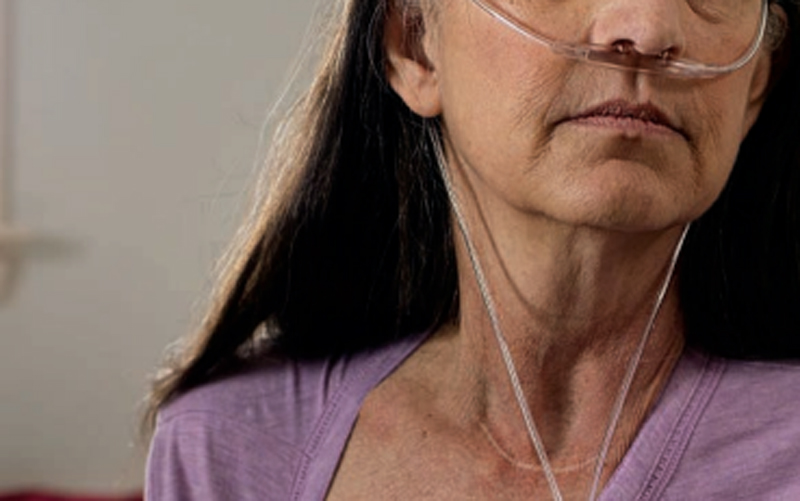
Guest column, submitted by Allison Moroni, Lung Health Manager at the American Lung Association of the Mountain Pacific
We recognize the pink ribbon for breast cancer and the red dress for women’s heart health. Yet lung cancer takes the lives of more than 150,000 people each year- more than colon, breast and prostate cancers combined- and in 1987 surpassed breast cancer as the leading cause of cancer deaths in women. In the past 35 years, lung cancer rates have increased a dramatic 116 percent in women. But there’s a good chance you can’t recall a ribbon or symbol for it.
The lung cancer five-year survival rate is a dismal 16.3 percent- considerably lower than many other leading cancers including breast (90 percent), colon (65.2 percent) and prostate (99.9 percent). Tragically, more than half of those with lung cancer die within one year of diagnosis, due to the cancer frequently being found in its most lethal end stages. Currently only 15 percent of lung cancer is detected in the early, more treatable stages, mainly because the disease presents few symptoms. If symptoms are present, they can include:
- A cough that doesn’t go away and gets worse over time
- Hoarseness
- Constant chest pain
- Shortness of breath, or wheezing
- Frequent lung infections, such as bronchitis or pneumonia
- Coughing up blood
Until recently there has been no widely accepted screening tool to detect lung cancer at an early stage. There is now growing consensus that an annual low-dose CT screening should be recommended for individuals at high risk for lung cancer, and the American Lung Association has created an online tool, found at LungCancerScreeningSavesLives.org, to help people determine if they meet the guidelines. Visitors answer simple yes/no questions that lead to a recommendation for a low-dose CT scan or not based on personal history and risk factors. A high-risk candidate is a current or former smoker age 55-79 who smoked the equivalent of 30 pack years (a pack a day for 30 years or 2 packs a day for 15 years) and has smoked within the past 15 years. If this screening were widely implemented, 3,000 to 4,000 lives could be saved every year.
Yet we can’t forget that lung cancer can strike in those who have never smoked and lead healthy and active lifestyles. Exposure to radon, a colorless and odorless gas that occurs naturally in soil and can enter buildings through cracks and gaps, is the second-leading cause of lung cancer, accounting for around 20,000 deaths each year. Secondhand smoke and occupational respiratory hazards can also cause lung cancer. We encourage all women to contact their primary care physician if they find themselves short of breath in an activity that used to be easy, or have any of the symptoms listed above
If you are a lung cancer patient or survivor, or lost a loved one to lung cancer, and want to join the American Lung Association in their fight to get lung cancer the attention and research funding necessary to save more lives, contact Allison Moroni at amoroni@lungmtpacific.org or 206-512-3294.

